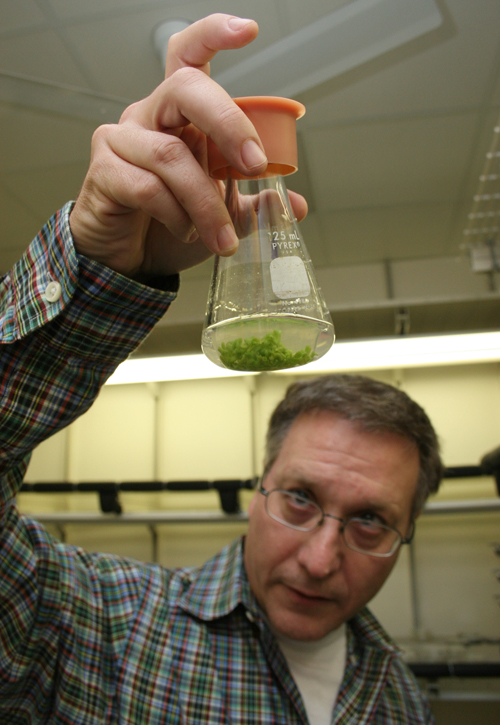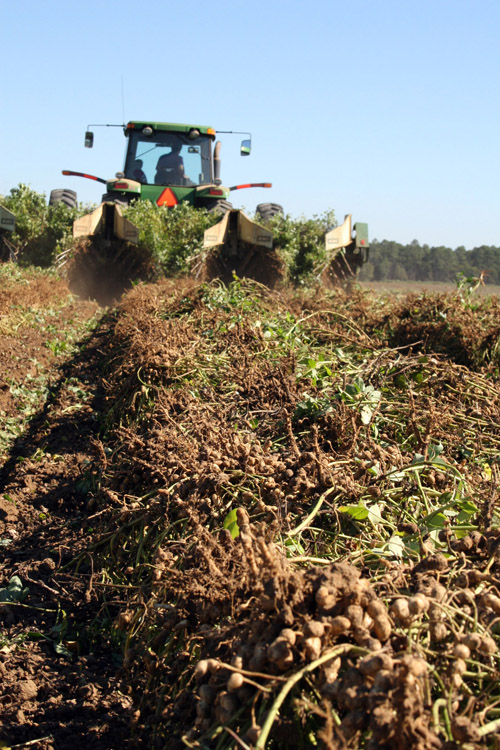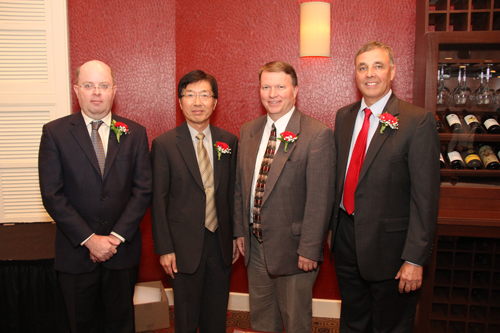 CAES News
CAES News
D.W. Brooks Awards
Four University of Georgia College of Agricultural and Environmental Sciences faculty members were awarded the college’s highest honor Oct. 4 in Athens, Ga., at the annual D.W. Brooks Lecture and Faculty Awards for Excellence.

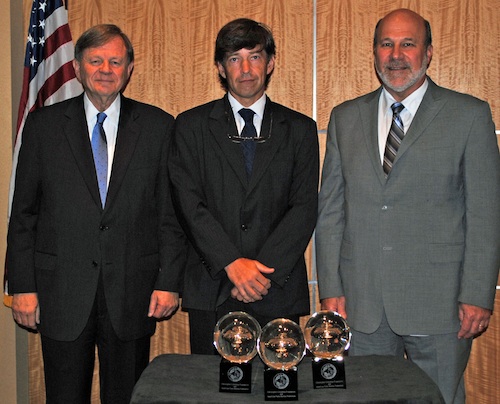
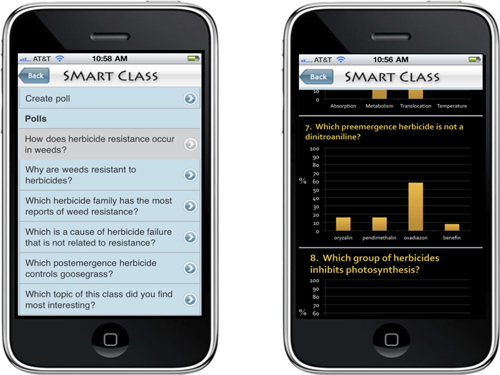
.jpg)
.jpg)

